34 -Fri 9 Apr 2021 LESSON 3638 Buddha-Sasana-Evolution-100%
Masks, 100% Votes in fraud EVMs, 100% success for BJ(P)Ltd. and
company, 100 % defeat for all their opponents who will talk about the
fraud EVMs with micro chips where the software and the source code are
kept hidden from the eyes of the voters undemocratically after the
results are declared. Already voters were complaining that if any button
is pressed it has gone to the Lotus symbol of the BJP. Now BSP’s Social
Transformation Movement followed by Buddha, Emperor Ashoka to plant
fruit, vegetable Bearing trees and plants all over the country to to
make humans to cultivate their food as other living beings to overcome
hunger the worst illness.-balconygarden-8-dwarf-vegetables-grow-small-urban-garden-home-remedies-to-stop-loose-motions




















combination of variation and natural selection has produced over many
centuries many established varieties of Buddhism. Variation arises at
other times by adopting alternative understandings – at worst erroneous
interpretations of traditional teachings, and at best insightful
products of great minds – able to shape a Buddhism more effective in a
regional culture, or to streamline certain practices or understandings.
Evolution is typically driven by the pressures of human nature, of local
cultural and environmental factors and occasionally of external
intervention, such as governmental decrees.
differences in interpretation are found in the varying codifications of
a formalization of Buddhist philosophy called the Abhidharma (Sanskrit,
or Abhidhamma in Pali, meaning higher teaching), which developed rather
independently but in parallel in many of the early sects and took their
final forms after the time of Emperor Ashoka. The Abhidharma projects
sometimes became highly speculative and other early sects abstained from
an Abhidharma project altogether, including a Sautrantika (Sutta Only)
sect thatbranched off of the Sarvastivada. This gave rise to differing
ontological stances on ultimate existence. The Theravada Abhidhamma
project continued long after the canonical Abhidhamma was closed.
Difference in Abhidharma contributed to the disagreements among various
sects.
in the first century BCE or the first century CE and continuing for a
few centuries thereafter, monks in India and later in Central Asia began
composing texts that were most often based on the model of the early
discourses, but that were generally longer and mythically fortified.
Examples were the apocryphal Prajnaparamita Sutras, Lotus Sutra, Flower
Ornament Sutra and so on. This was the beginning of the Mahayana
movement, whose scriptures echoed a number of common doctrinal themes.
As if this were not enough, the first millennium CE in northern India
seems also to have been an era of very liberal thinking, of free
Buddhist inquiry, the era of the great scholar-monks, Nagarjuna,
Shantideva, Vasubandhu, and others, and the era of the great Buddhist
monastic universities where they lived, studied and taught, most
famously Nalanda, which brought thousands of students and teachers
together in one place or another to discuss and debate the whole
spectrum of Buddhist and non-Buddhist thought, both orthodox and modern.
I picture this era as much like what developed much later in the
Western post- Enlightenment intellectual milieu or in beatnik coffee
shops of the 1950’s, in which almost any philosophical proposition was
worthy of discussion or debate.
China, the Sasana was suddenly propelled into a radically different
culture that placed new selective evolutionary pressures on it, much as
if flower seeds were propagated by wind or defecating birds to a region
of distinctive conditions of wind, soil or water, or, for that matter,
if a flock of penguins were to come into contact with a colony of humans
for many generations: the tradition either evolves or perishes. With
much colder weather, clothing and housing, the basic requisites of
monks, would have to be more substantial. This was a land whose cultural
life was largely rooted in Confucianism and Taoism, which included a
very strong ethical code governing every aspect of life, from the
behavior of the emperor to familial relations, which had a basis of high
literacy and intellectual astuteness, and which had a particular
appreciation for the cycles and beauty of nature. Here the family was
valued highly and there was no previous tradition of wandering
mendicants. The Chinese way of thinking has been called synthetic where
the Indian is analytic. The emperors were divine. There was much more
social mobility than in India; a farmer’s son could, through passing
government examinations, become employed in the government system and be
eventually promoted to become a minister to the emperor.
was culturally about as far from India as possible, and so in China the
Sasana evolved under quite novel influences. First, the Chinese
popularized those scriptures and philosophical treatises appearing at
the mouth of the Silk Road that most appealed to Chinese tastes, giving
Chinese Buddhism a distinctive quality through a first round of natural
selection.
instance, the long obscure Pure Land Sutras from India seem to have
gone viral in China. China developed its own schools and ordination
lineages, such as Ch’an and T’ien Tai (Zen and Tendai in Japan), each
generally on the basis of a particular transmitted Mahayana scripture.
Then China’s own indigenous scriptural corpus developed, such as the
rather unique poetry and koan collections found in the Zen school that
bear a much clearer affinity to Taoist literature than to anything found
in Indian Buddhism.
of us in the West who are trying to understand the ongoing historical
process of assimilating Buddhism into the Land of the Fork, do well to
consider the perhaps even more monumental ancient passage of Buddhism
from India to the Land of the Chopstick.
forces at work in both transitions make it clear that the Sasana, the
living Dharma, is more than a systematic association of like-minded
people; it is a culture, a system of values, symbols,
conceptualizations, behaviors and taboos and rites that define a
people.56 As such the entry of Buddhism into an alien culture, even when
welcomed into that culture, can be a dramatic event, a clash of
cultures requiring cultural realignment on both sides as Buddhism
settles into its new home, where Buddhism seems repeatedly to prove
itself a major civilizing force, even while Buddhism is also bent and
reshaped by the local folk culture.
e-books on the VRI – including Sayagyi U Ba Khin Journal, The Gracious
Flow of Dharma, Discourse on Satipatthana Sutta, The Caravan of Dhamma
etc.:
e-books on Pariyatti – including An Ancient Path, A Meditator’s
Handbook, The Art of Dying, The Art of Living, Chronicles of Dhamma, The
Clock of Vipassana has Struck, The Discourse Summaries, Meditate Now,
The Gem Set in Gold etc.:
Proposed programmes to be conducted by
Mahabodhi Namsai
1. Offering Ayu (Life)dana to animals every full moon day
2. Plantation of Fruit Bearing trees including Dwarf Trees
3. Renovation of old monasteries at different villages
4. Drugs and de-addiction awareness programmes in nearby villages
5. Distribution of mosquito nets
6. Food distribution in hospitals
7. Visiting Rehabilitation Centre at Lathao
8. Dhamma talks and workshop programmes at -
a) Mahabodhi Monastery, Namsai
b) Namsai monastery
c) Tengapani monastery
9. Painting and essay writing competetion
10. Sanghadana in monasteries around namsai
11. Dhamma Tour to Buddhist holy places
12. Teaching basic meditation in Govt. Schools
13. Writing articles on Bada Bhanteji
14. Distribution of essential school supplies to the needy children GUPS, Old Ningroo
15. Making drinking water pots for stray animals and birds in summer
16. Alms round in 30 villages (each village per day)
17. Seminars in the name of Bada Bhanteji
18. Special chanting on full moon and new moon day in the name of Bada Bhanteji
19. Cleaning and painting of old stupas.
https://balconygardenweb.com/8-dwarf-vegetables-grow-small-urban-garden/
10 Dwarf Vegetables to Grow in a Small Urban Garden
Guest post by Natalie Miller from Gardeners Oakleigh Park
If
you have a very limited space but want to grow fresh vegetables then
look out for these 10 dwarf vegetables. You can easily grow them in
small potted gardens.
Unfortunately,
not everybody who is eager to grow plants on their own is blessed with a
spacious and fruitful garden. Many people give up on the gardening
hobby, just because they think they cannot have a garden in their small
homes in urban areas. Please, do not make their mistake. Even if you
live in a little urban home or apartment, there is always a way for you
to have a lovely garden – take dwarf vegetables for example. These
miniature veggies grow in smaller size but are equally tasty and healthy
as their full-sized varieties. Growing dwarf
Growing dwarf
vegetables has become very popular recently, so their seeds are
available both on-line and in most garden centers. If you are able to
provide appropriate conditions for the larger duplicates, but simply
lack garden space, opt for the following dwarf varieties and you will be
able to enjoy an adorable but also sustainable urban garden.
Also Read: How to Make an Urban Vegetable Garden
1. Cherry Tomatoes

Cherry tomatoes are one of the most suitable vegetables for
containers. You can easily grow them in small to medium sized containers
and even in the hanging baskets. The yield is high and they don’t take
much space too.
Also Read: How to Grow Cherry Tomatoes in Hanging Baskets
2. Cauliflower

There are many dwarf cauliflower varieties available that you can
grow in pots in your small garden for higher yield. Learn how to grow cauliflower in pots here.
Besides cauliflowers, you can also grow other brassicas. Dwarf
varieties of cabbage and broccoli can be grown in containers quite
easily.
3. Baby artichokes

The difference between the full-sized artichokes and the dwarf
kind is that the little artichokes actually do not have a choke. You can
eat the whole of them if you just peel their external layer of leaves.
4. Baby Eggplants

You can grow any eggplant varieties in containers in a small
garden but a few dwarf eggplant varieties like round mauve eggplant,
little finger eggplant, casper eggplant and baby eggplant produce small
and tasty fruits in a little space.
5. Dwarf carrots

This type of carrots can be produced all year and are a bit
sweet. You can choose to plant one or several varieties in your small
garden. Select between round, white or French carrots. If you prefer to
eat tender and sweeter carrots, go for the French ones that are perfect
in combination with other dwarf vegetables. White carrots grow bigger –
around 5 inches and the round variety has a stronger carrot taste.
6. Green beans

The dwarf French beans “haricot verts” are very appealing in many
European countries and the USA because they are very flavorful and easy
to grow even in pots. Thinner and tender than the ordinary green beans,
these baby green beans can really bring some life to your balcony.
Also Read: How to Grow Cluster Beans.
7. Dwarf Lettuce

A couple of dwarf lettuce varieties are available in the markets.
The iceberg, salad bowl, the Red Royal oak leaf, little gem and green
leaf sorts can be produced year-round and do not require much space,
which makes them an excellent choice for small urban gardens.
8. Baby green onion

The dwarves of the green onion just taste like chives and can also be grown all year round.
Also Read: How to Grow Green Onions in Water
9. Dwarf Avocado

These tiny avocados have no seed and reach not more than 3 inches
in length and just an inch in width. Also called cocktail avocados,
they do not require any special gardening skills to be grown and are
suitable for container gardening.
Also Read: How to Grow an Apple Tree in a Pot
10. Scallopini

This hybrid is available in dark green and yellow varieties and
its season is from May through October. Scallopini is a crossbreed
between scallop and zucchini and its flavor does not differ from the
taste of its larger alternatives.
The number of miniature
vegetables that you can grow in even the tiniest potted gardens is
constantly increasing. Smaller alternatives to the common garden
vegetables are selected by plenty of urban gardeners who know no
boundaries and are eager to bring some greenery in their city homes.
Take care of them by choosing some of the mentioned veggies to plant and
grow by yourself and be proud of your lovely garden in the city.
Pin it

16 Home Remedies To Stop Loose Motions (Diarrhoea)
Last Updated on
We all experience (rather suffer) from bouts of loose motions every
now and then. Whatever the reason, loose motions are unpleasant and can
make your life miserable. Usually, loose motions or diarrhoea is not a
cause of worry. It is the body’s response to the disorders in the
gastrointestinal system, and if you have diarrhoea, you will have to
make frequent trips to the toilet for a couple of days. However, the
condition can worsen and become chronic owing to bacterial or viral
infection. The common symptoms of loose motion symptoms include
abnormally watery stools, bloating, nausea, and abdominal cramping. It
can result in dehydration and weakness. Simple home remedies can prove useful in battling diarrhoea and keeping the body and tummy healthy.
What Can Cause Loose Motions?
When you have diarrhoea, you may make trips to the toilet 4 to 5
times a day, and this problem may last for more than a couple of days.
However, if you have loose motions for over a week, it can be worrisome
and would require immediate medical attention. Several factors can
contribute to the onset of loose motions. Some of the common causes of
loose motions are:
- Bacteria like E.coli, salmonella, campylobacter present in contaminated water and foods can cause loose motions.
- Viral infections like viral hepatitis, herpes simplex virus, norovirus, and rotavirus can trigger loose motions.
- Irritable bowel syndrome due to stress can trigger the condition of loose motions.
- Some individuals are intolerant to certain foods or specific
ingredients in foods. Their incapability to digest them can prompt loose
motions. For example, people who are intolerant to lactose can
experience loose motions on consuming milk or additional dairy products.
Similarly, individuals can be intolerant to fructose in fruits. - At times, intestinal issues like inflammatory bowel disease, Crohn’s
disease, celiac disease, ulcerative colitis, or gallbladder disease can
become a reason for loose motions. - Altered immune function or tumours can cause loose motions.
- Hereditary disorders like cystic fibrosis can be another cause of loose motions.
- Consuming unpasteurized or raw milk can negatively impact the digestive system which may lead to diarrhoea.
- Malnutrition or deficiency of nutritious food can also be responsible for loose motions.
- Taking certain medicines like antibiotics can have a laxative effect which can trigger loose motions.
Effective Home Remedies for Loose Motions
Usually, loose motions or diarrhoea is not a serious problem and may
resolve on its own. However, it is bothersome owing to its irritable
symptoms. Recurrent loose motions can lead to severe dehydration as the
body tends to lose essential nutrients, and this could be dangerous for
your health. Some natural remedies for loose motions include:
1. Yoghurt
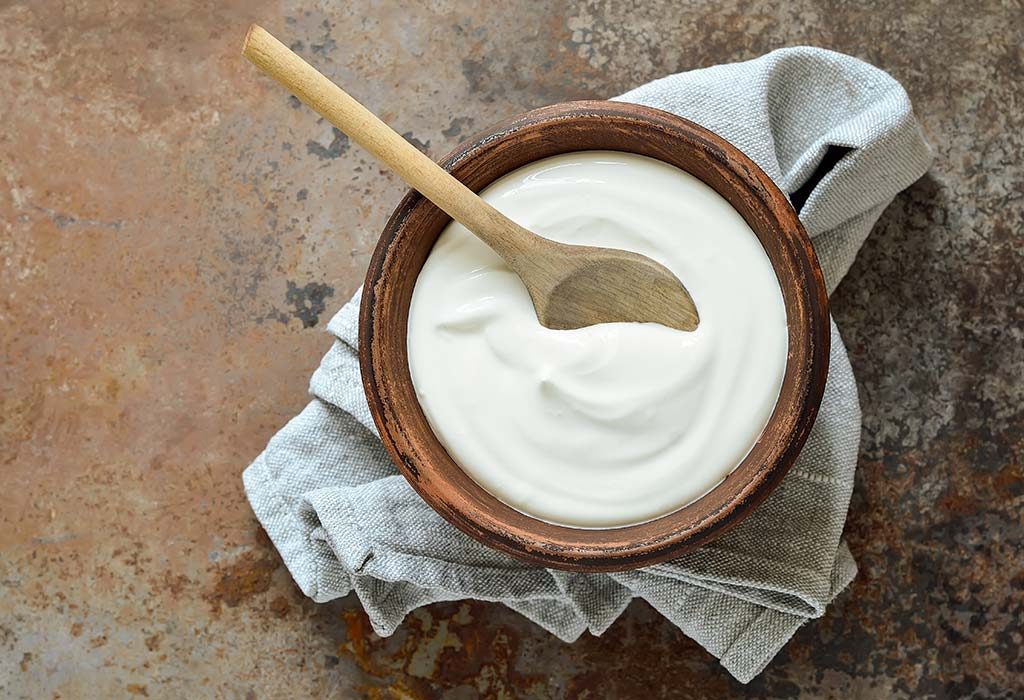
Consuming plain yoghurt is one of the best ways to deal with loose motions.
Ingredients
- A bowl of plain yoghurt
Directions
- Eat a bowl of plain yoghurt.
- You can sprinkle some salt or pepper if required.
How Often You Should Take
You can consume it 2 or 3 times every day for a week.
Why This Will Work
Yoghurt contains a good quantity of probiotics (the good bacteria)
which play a significant role in keeping the gut healthy. They fight the
loose motion-causing bad bacteria. Yoghurt possesses live cultures that
produce lactic acid, that line the intestines and kill the nasty
bacteria. Consumption of yoghurt also supports better digestion by
creating a healthy environment for microorganisms in the
gastrointestinal tract.
2. Apple Cider Vinegar
It can be a wonderful remedy for loose motions. Apple cider vinegar may also provide relief from stomach pain.
Ingredients
- A glass of lukewarm water
- Two teaspoons apple cider vinegar
- A teaspoon of honey
Directions
- Take a glass of lukewarm water and add apple cider vinegar to it.
- Add honey for flavour.
- Mix well and drink right away.
How Often You Should Take
You can drink this mixture twice a day for a few days.
Why This Will Work
Apple cider vinegar acts as a natural antibiotic which helps destroy
the harmful organisms present in the intestine and soothes the irritated
colon lining. Its anti-inflammatory and antimicrobial properties shield
the digestive system from soreness and infection. The pectin content
aids in bulking up the stool and balancing the pH levels in the stomach,
thus restoring regularity.
3. Coconut Water
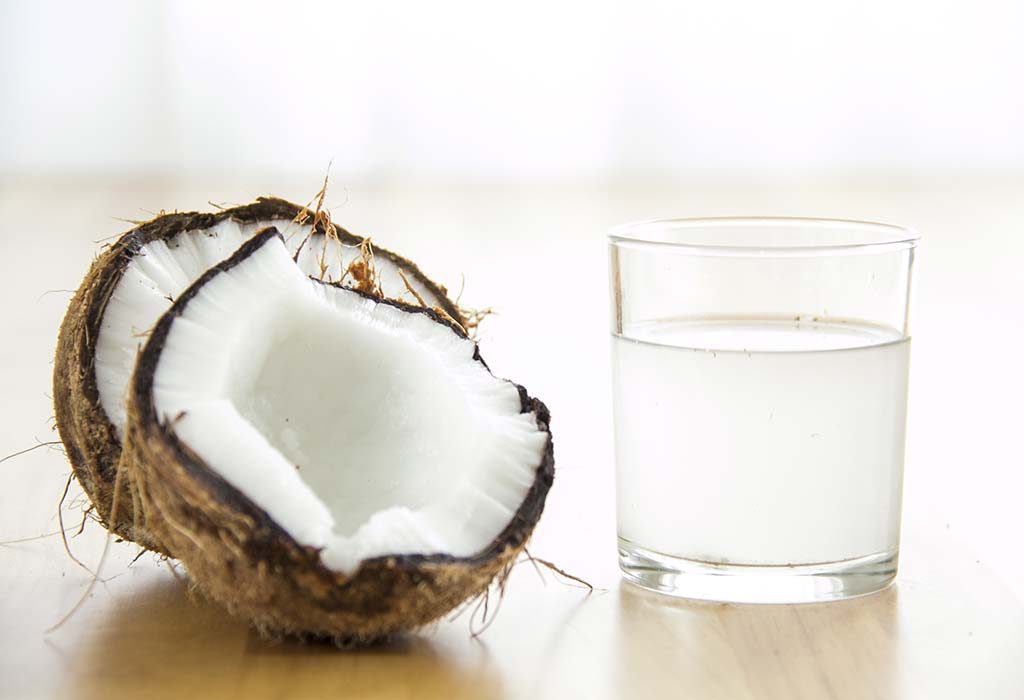
This refreshing beverage is a potent remedy for loose motions.
Drinking coconut water is no doubt good for health, but it can also cure
and prevent loose motions.
Ingredients
- Two glasses of fresh coconut water
Directions
- You don’t have to do anything in particular to make this drink. Buy coconut water and drink it fresh.
How Often You Should Take
You can consume this once or twice daily until you get better.
Why This Will Work
Coconut water contains electrolytes like potassium and sodium which
can help restore the electrolyte balance of the body. It helps replenish
the lost fluids in the body and boosts blood circulation. Its
exceptional chemical composition does not only rehydrate, but also
provides essential nutrients like amino acids, fatty acids, Vitamin C,
magnesium, and enzymes which in turn promote stronger immunity.
4. Bananas
Eat raw bananas if you have loose motions. Consuming bananas is tried and tested remedy for diarrhoea and you will feel better soon.
Ingredients
- A banana
- One cup yogurt
Directions
- You can eat a banana.
- If you don’t like to eat raw banana, you can prepare a smoothie by blending an unripe banana with yogurt.
How Often You Should Take
You can eat 2 -3 bananas or consume the banana and yoghurt smoothie twice a day for a couple of days.
Why This Will Work
The pectin content in bananas facilitates the absorption of fluids in
the intestines which helps bulk up the stool. Bananas are also rich in
potassium, which when consumed, can replenish the lost fluids in the
body, thus diminishing the requirement of intravenous fluids or oral
rehydration solutions.
5. Cumin Water
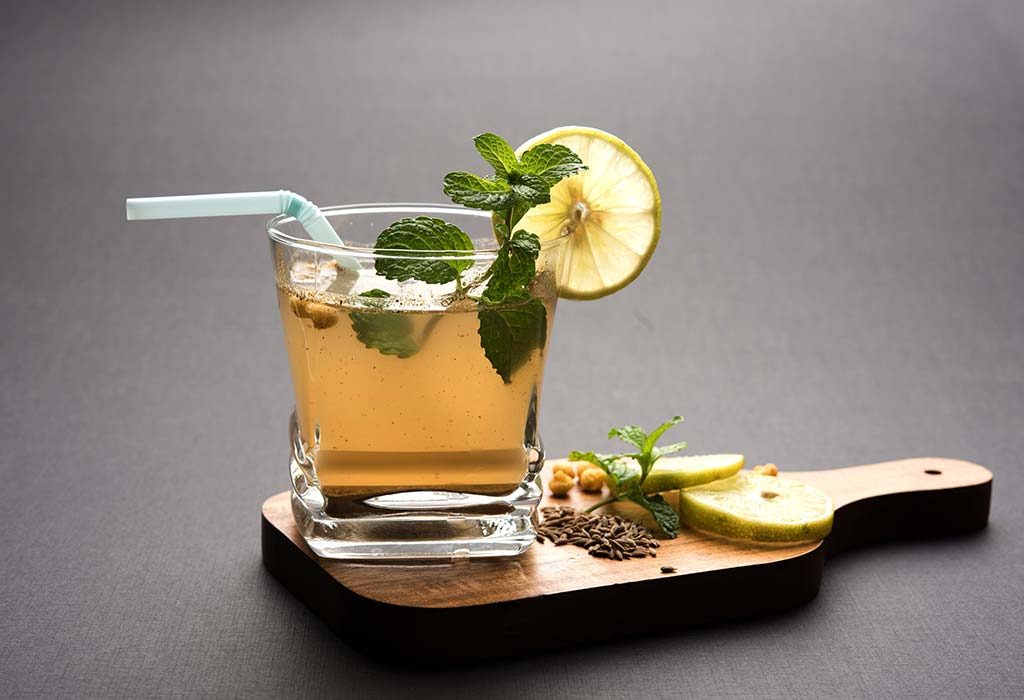
This popular spice can prove very beneficial in providing relief from loose motions.
Ingredients
- A cup of water
- One teaspoon of cumin seeds
Directions
- Grab a saucepan and add water to it.
- Add the cumin seeds and bring the water to a boil.
- Allow it to simmer for a few minutes.
- Strain the water and drink when it cools.
How Often You Should Take
You can consume this solution three to four times every day.
Why This Will Work
The antiseptic properties of cumin can assist in eliminating the
damaging bacteria in the gut and settling the irritated bowels. It can
rehydrate the body and help in keeping the body temperature normal. The
high potassium content in it also helps balance and maintain the
electrolyte levels in the body.
6. Ginger
According to Ayurveda, ginger can be an effective home remedy for loose motions which happen due to indigestion.
Ingredients
- Two teaspoons of ginger juice (freshly extracted)
- A teaspoon of honey
Directions
- Mix ginger juice and honey.
- Consume it directly.
- You can also blend ginger juice in a cup of lukewarm water and drink it.
How Often You Should Take
You can try this remedy three or four times daily.
Why This Will Work
Ginger has antibacterial properties which attack the harmful
pathogens that trigger loose motions. It can lessen food stagnation and
stimulate abdominal enzymes that improve proper digestion. It can relax
stomach muscles and soothe distressed intestines.
7. Lemon Juice
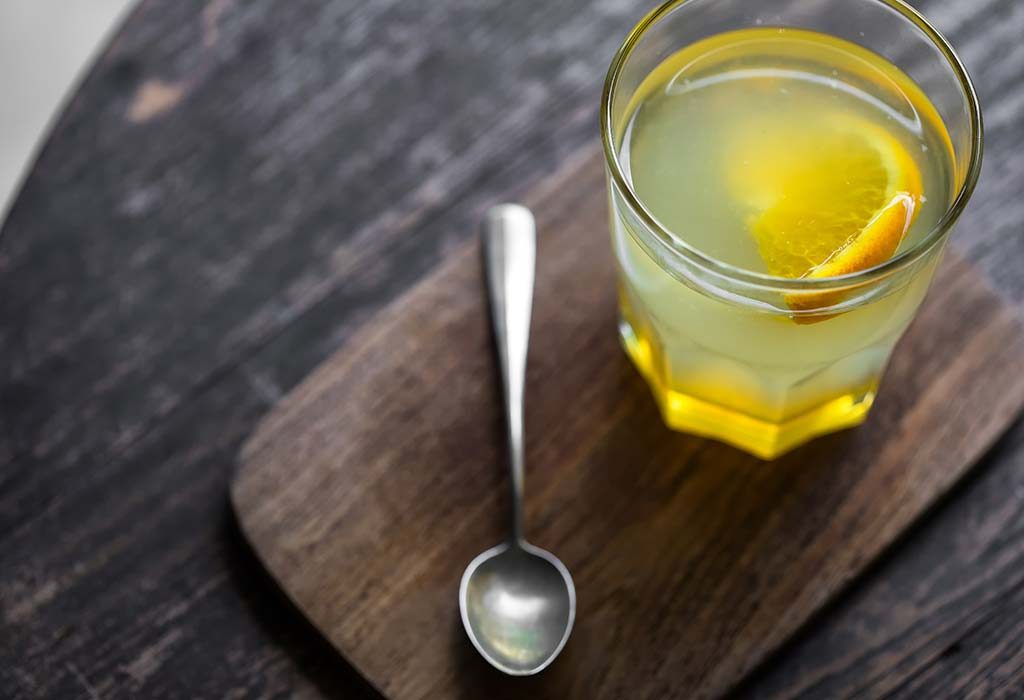
Lemon juice works wonder for treating loose motions.
Ingredients
- Half a lemon
- A glass of water
- A teaspoon of sugar
- A pinch of salt
Directions
- Squeeze the juice of half a lemon in a glass of water.
- Add the sugar and salt and mix well.
- Drink fresh.
How Often You Should Take
You can drink lemon juice two or three times daily for best results.
Why This Will Work
Lemon juice has high anti-inflammatory and acidic properties which
can both calm the sore intestines and restore the body’s pH balance. It
also possesses minerals like magnesium and potassium which may help make
up for the body’s lost nutrients.
8. Turmeric
This useful spice can work well to resolve the annoying problem of loose motions.
Ingredients
- Half a teaspoon of turmeric powder
- A glass of lukewarm water
Directions
- Add the turmeric powder in warm water.
- Stir well and drink right away.
How Often You Should Take
You can drink turmeric water two to three times daily.
Why This Will Work
Turmeric’s antibiotic property can improve the symptoms of loose
motions by fighting bacteria in the intestines. It also has
anti-inflammatory properties and is high in antioxidants, which can
promote healthy digestion.
9. Chamomile Tea
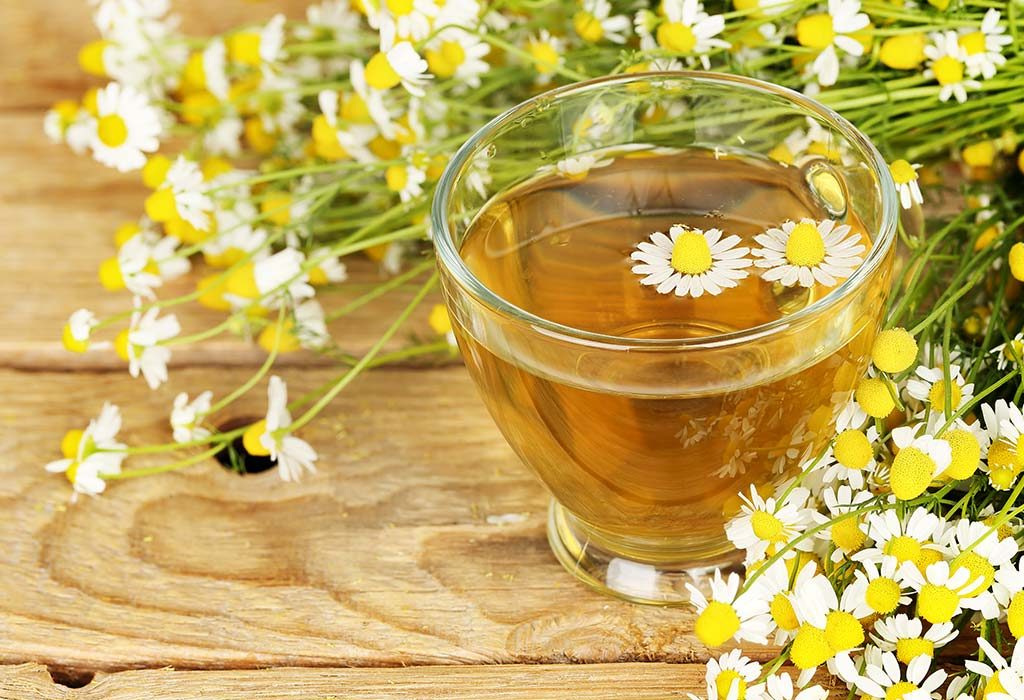
Chamomile tea is a popular beverage and drinking it can provide relief from loose motion to adults.
Ingredients
- A cup of water
- Two teaspoons of chamomile tea
- Honey
Directions
- Pour a cup of water in a saucepan and bring it to a boil.
- Add chamomile tea and allow it to simmer for a few minutes.
- Strain and let it cool.
- Add honey and consume immediately.
How Often You Should Take
You can drink this tea for about three times a day.
Why This Will Work
Chamomile had antispasmodic and anti-inflammatory properties which
can ease abdominal pain and help prevent loose motions. It can relieve
inflammation and relax the abdominal muscles to promote proper
functioning of the digestive system.
10. Buttermilk
This healthy drink can be instrumental in bringing the digestive system back on track.
Ingredients
- A glass of fresh buttermilk
- Salt or pepper to taste
Directions
- Drink a glass of fresh buttermilk, chilled if possible.
- You can add a little salt or a pinch of pepper if you don’t like plain buttermilk.
How Often You Should Take
You can drink buttermilk three times a day for a couple of days.
Why This Will Work
Buttermilk is a good source of probiotics which is the friendly
bacteria that can eradicate the bad bacteria from the intestines. It can
also soothe the intestines and aid digestion.
11. Blueberry Tea
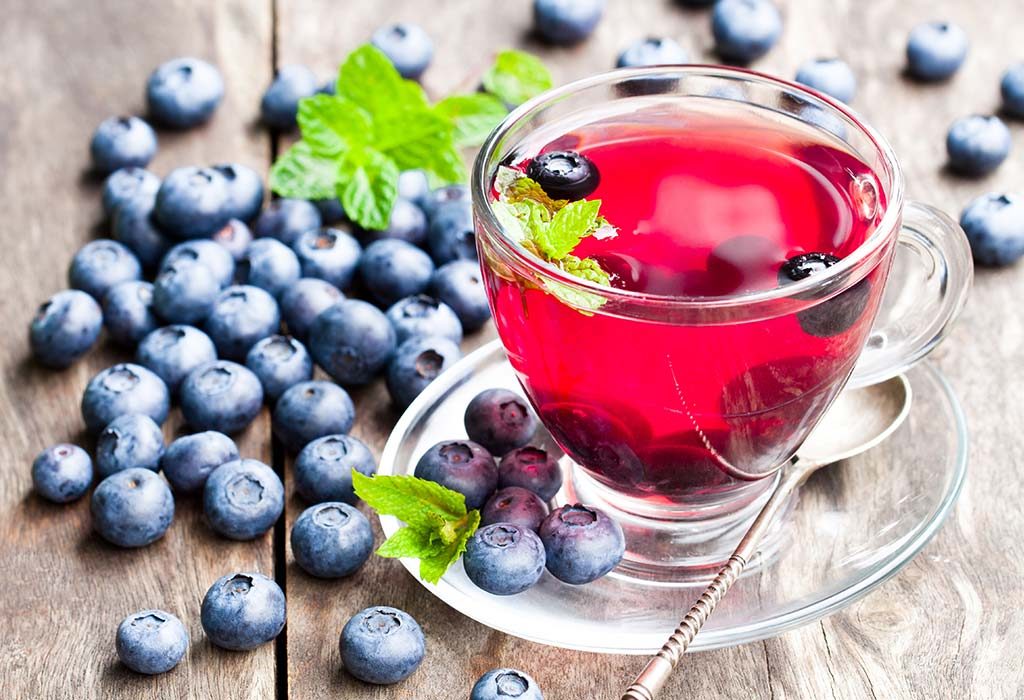
It is a popular home remedy for tummy problems and should provide you relief from diarrhoea as well.
Ingredients
- Two teaspoons of blueberry root powder
- A cup of warm water
- Honey
Directions
- Add blueberry root to a mug of hot water. You can also use a tea bag.
- Let it steep for about 8 to 10 minutes.
- Strain the water and add honey.
- Mix well and drink it warm.
How Often You Should Take
You can drink this tea at least three times every day.
Why This Will Work
Blueberries contain antioxidants like anthocyanins and polyphenols
which can positively impact the digestive system and combat the problem
of loose motions. The anti-inflammatory and antibacterial properties of
blueberries can help fight destructive pathogens, reduce abdominal pain,
and alleviate the symptoms of loose motions.
12. Fenugreek Seeds
Fenugreek seeds can immensely benefit in battling loose motions.
Ingredients
- Two teaspoons of fenugreek seeds
- A glass of water
Directions
- Soak the fenugreek seeds in water for about 15 minutes.
- Grind them to a fine paste and mix in a glass of water to consume.
- You can also reduce dried fenugreek seeds to powder using a blender.
- Add the powder to a glass of water and drink.
How Often You Should Take
You can drink it two or three times every day for a few days, preferably on an empty stomach.
Why This Will Work
Fenugreek seeds are high in mucilage which assists in adding bulk to
the stool and treating loose motions. The antibacterial and anti-fungal
properties of fenugreek kill infection-causing microbes and promote
better digestion.
13. Mint and Honey
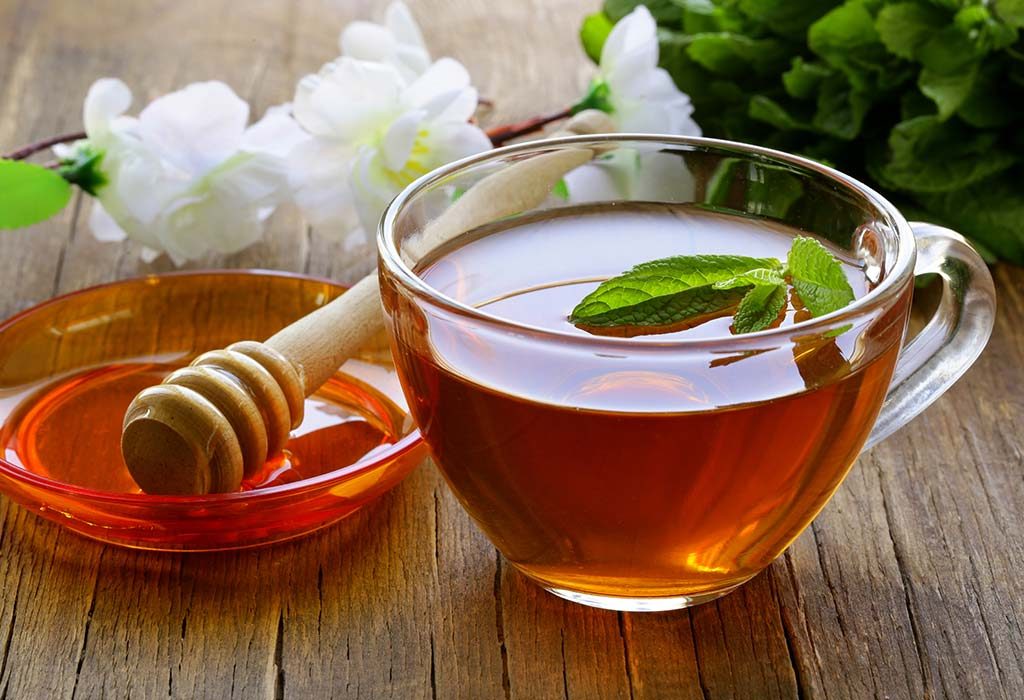
This combination can prove advantageous for combating the problem of loose motions.
Ingredients
- A teaspoon of mint juice (freshly extracted)
- A teaspoon of lemon juice (freshly extracted)
- Honey
- A glass of warm water
Directions
- Blend the lemon juice, mint juice, and honey together.
- Add this mix to a glass of lukewarm water and stir properly.
- Drink while warm.
How Often You Should Take
You can take this preparation twice every day for best results.
Why This Will Work
Mint and honey together can reduce inflammation and calm the abdomen,
thus easing the irritable symptoms of loose motions. Their
antibacterial properties help regulate digestion by engaging the harmful
pathogens responsible for digestive complications.
14. Cinnamon and Honey
This recipe is highly recommended for the loose motions.
Ingredients
- Half a teaspoon of cinnamon powder
- Honey
- A cup of lukewarm water
Directions
- Add the cinnamon powder and honey to a cup of warm water.
- Stir well and consume right away.
How Often You Should Take
You can try this remedy for two to three times a day for a couple of days.
Why This Will Work
The blend of cinnamon and honey can help in killing the harmful
bacteria in the intestines that cause loose motions. It can activate the
digestive enzymes to promote the well-being of the digestive system.
Its antimicrobial and anti-inflammatory properties can help lessen the
symptoms that usually accompany loose motions.
15. Drumstick Leaves
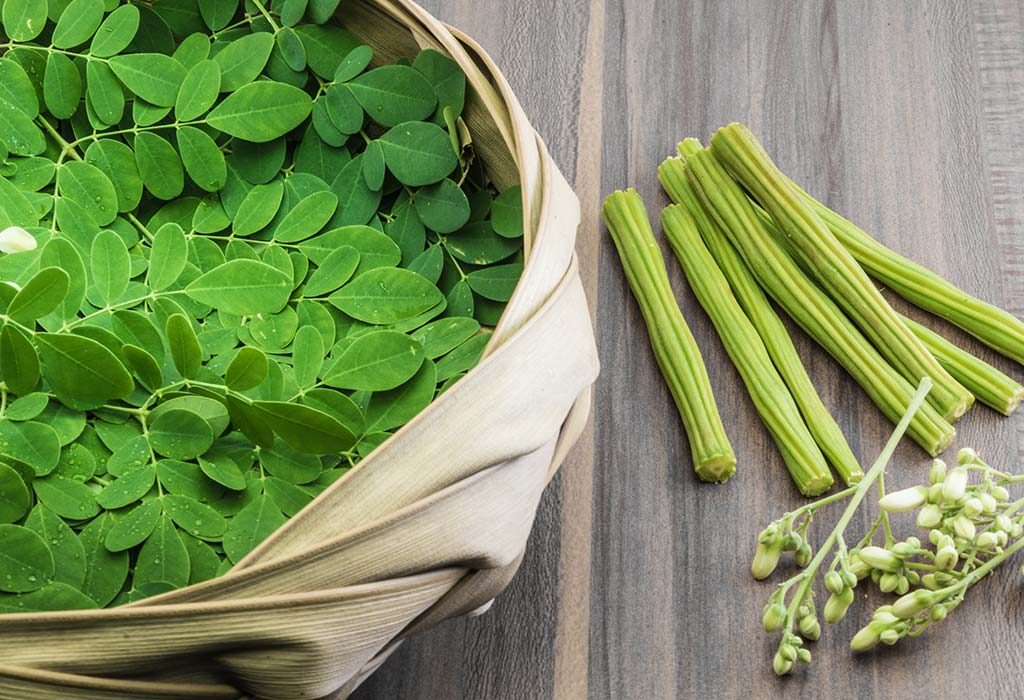
This herb can significantly reduce the discomfort of an upset tummy.
Ingredients
- A teaspoon of juice of drumstick leaves
- Honey
Directions
- Mix the juice of drumstick leaves and honey properly.
- Consume immediately.
- You can also incorporate dried drumstick leaves in your day-to-day diet.
How Often You Should Take
You can do this once daily.
Why This Will Work
Drumsticks are not only nutritious but also have antimicrobial and
antioxidant properties that can help treat a troubled tummy. It can help
tackle gut issues by clearing toxins from the body and providing
respite from digestive problems like nausea, abdominal pain, and gas.
16. Oat Bran
Oat bran can also work for treating a disturbed tummy.
Ingredients
- Half a cup of oat bran
- Water
Directions
- Pour enough water in a saucepan and heat it on medium flame.
- Add oat bran and cook till it absorbs the water (about 2 minutes).
How Often You Should Take
You can eat this twice daily.
Why This Will Work
Oat bran is rich in fibre and nutrients like magnesium, potassium,
and calcium. These nutrients help in bulking the watery stools and
restoring the electrolytes balance in the body.
What Foods Should You Eat While Suffering From Diarrhoea?
Some foods that you should consume while suffering from diarrhoea include:
1. Pomegranates
It can suitably hydrate the body and its astringent properties can help treat loose motions.
2. Bananas
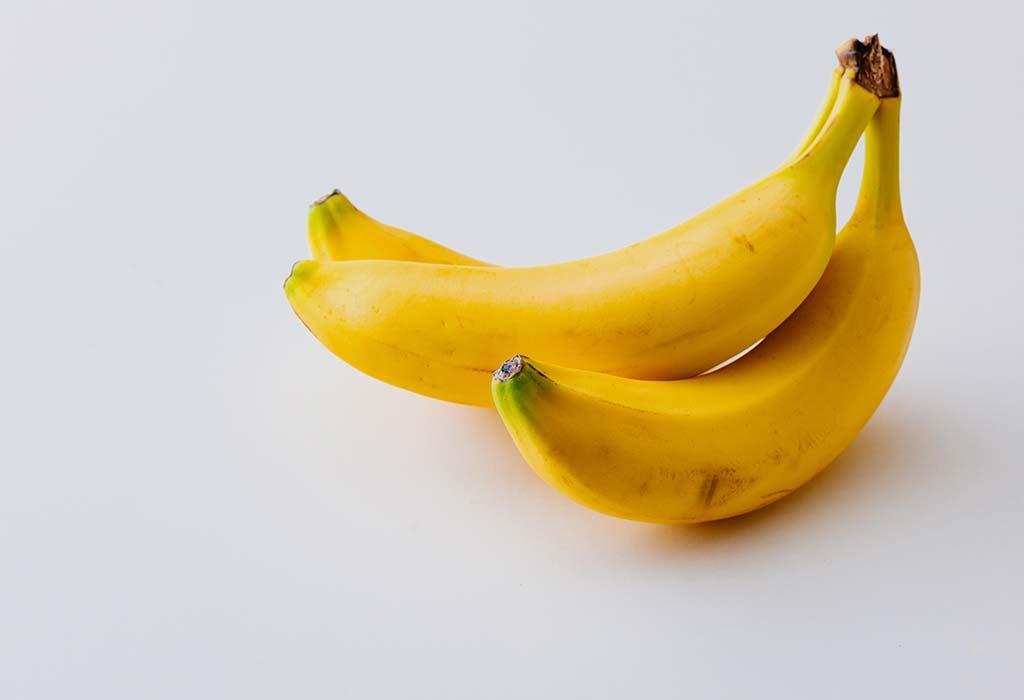
Bananas contain starch which can make the stool firm. Bananas are high in potassium which can improve digestion and cure loose motions.
3. Sugar Syrup
Having a cup of sugar syrup can fight the symptoms of loose motions.
4. White Rice
Plain white rice is high in carbohdydrates and can be easily
digested. Rice is binding in nature, which means that it can help firm
up the loose stools. When suffering from diarrhoea, you should eat plain
rice or rice with chicken broth. Avoid biryani or masala rice.
5. Guavas
Guavas also have astringent properties that can prove effective in dealing with loose motions.
6. Carrots
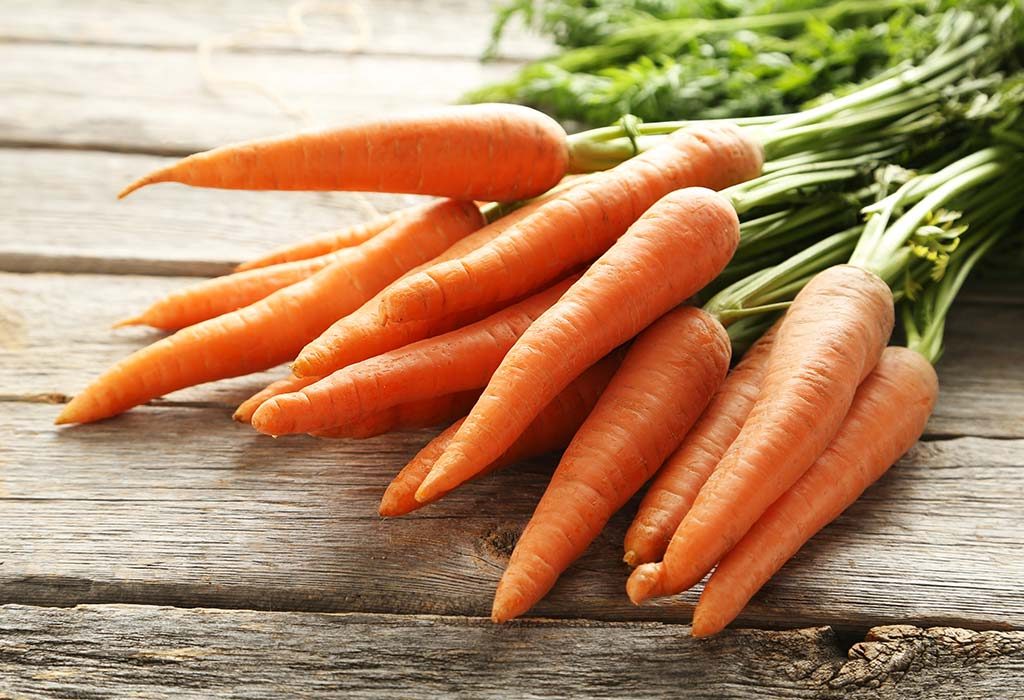
Eating carrots can
bring about immediate relief from loose motions as it contains pectin.
You can either eat steamed carrots or drink a glass of
fresh carrot juice.
7. BRAT Diet
Following a BRAT diet – bananas, rice, apples, and toast – can also help provide relief from diarrhoea.
8. Strawberries

The high fibre content in strawberries can bulk up the watery stools and enhance the functioning of the digestive system.
9. Sago
Sago or tapioca seeds can be valuable in providing some relief from diarrhoea. Soak them in water before drinking it.
10. Bottle Gourd Juice
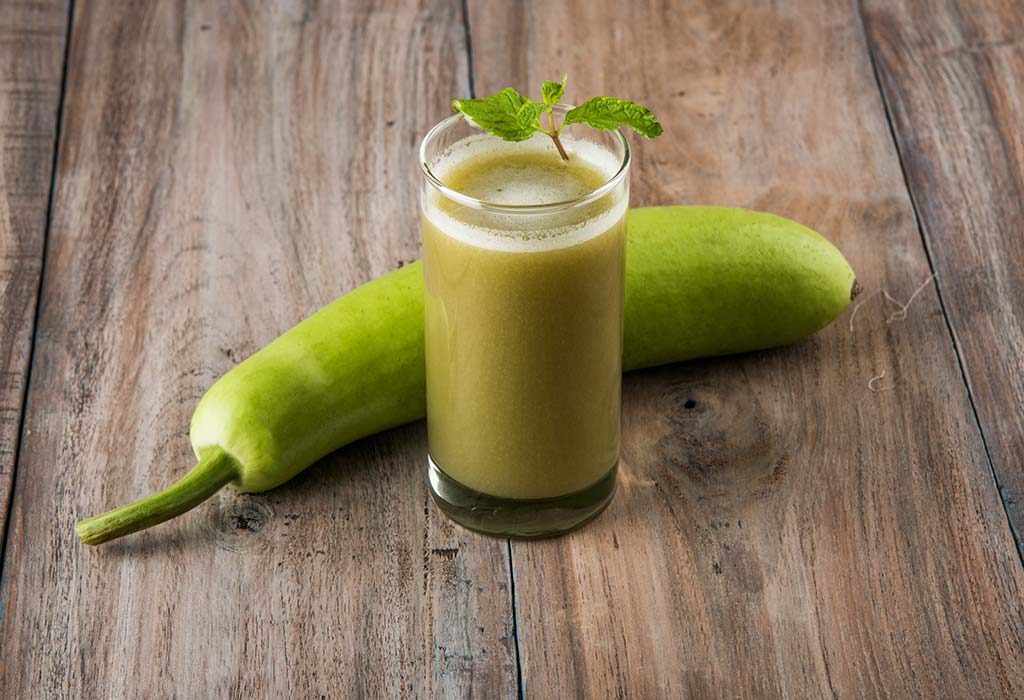
This water vegetable can prove advantageous when suffering from loose
motions. Drinking its fresh juice can help retain proper hydration
levels in the body.
11. Mashed Potatoes
Including starchy foods like boiled potatoes can add weight to the
stools and refuel the body with adequate energy as the body tends to
absorb nutrients from starchy foods. Potatoes are a great comfort food
but they are also high in potassium. You can boil them and have them in
the mashed form. Add a little salt and eat. Your tummy will feel better.
Tips to Prevent Loose Motions
Follow these tips to prevent loose motions. After all, prevention is better than cure!
- Ensure that you consume hygienic and healthy food.
- Incorporate fibre-rich foods in your daily diet. You can eat foods like peas, broccoli, and bananas.
- Try and identify foods that you are allergic to and avoid consuming them.
- Drink plenty of water and healthy beverages to stay hydrated. And drink clean, boiled water.
- Limit excessive intake of alcohol and caffeine.
- Wash your hands often to prevent bacterial and viral infections from spreading.
FAQs
1. What Foods Should I Avoid During Loose Motions?
You may want to avoid dairy products like cottage cheese and cheese
while suffering from diarrhoea. Also, avoid spicy and greasy foods, raw
vegetables, fish, meat, processed foods, etc.
2. Which Juices Can Treat Diarrhoea?
Juices extracted from carrots, oranges, pomegranates, and bottle gourd can help treat diarrhoea.
Home remedies are an inexpensive and natural way to treat loose
motions in no time. Furthermore, they don’t have any side effects. So
the next time you feel sick in your stomach, do consider trying some of
these remedies. You will feel better soon. However, do consult a doctor
if the problem persists for long.




